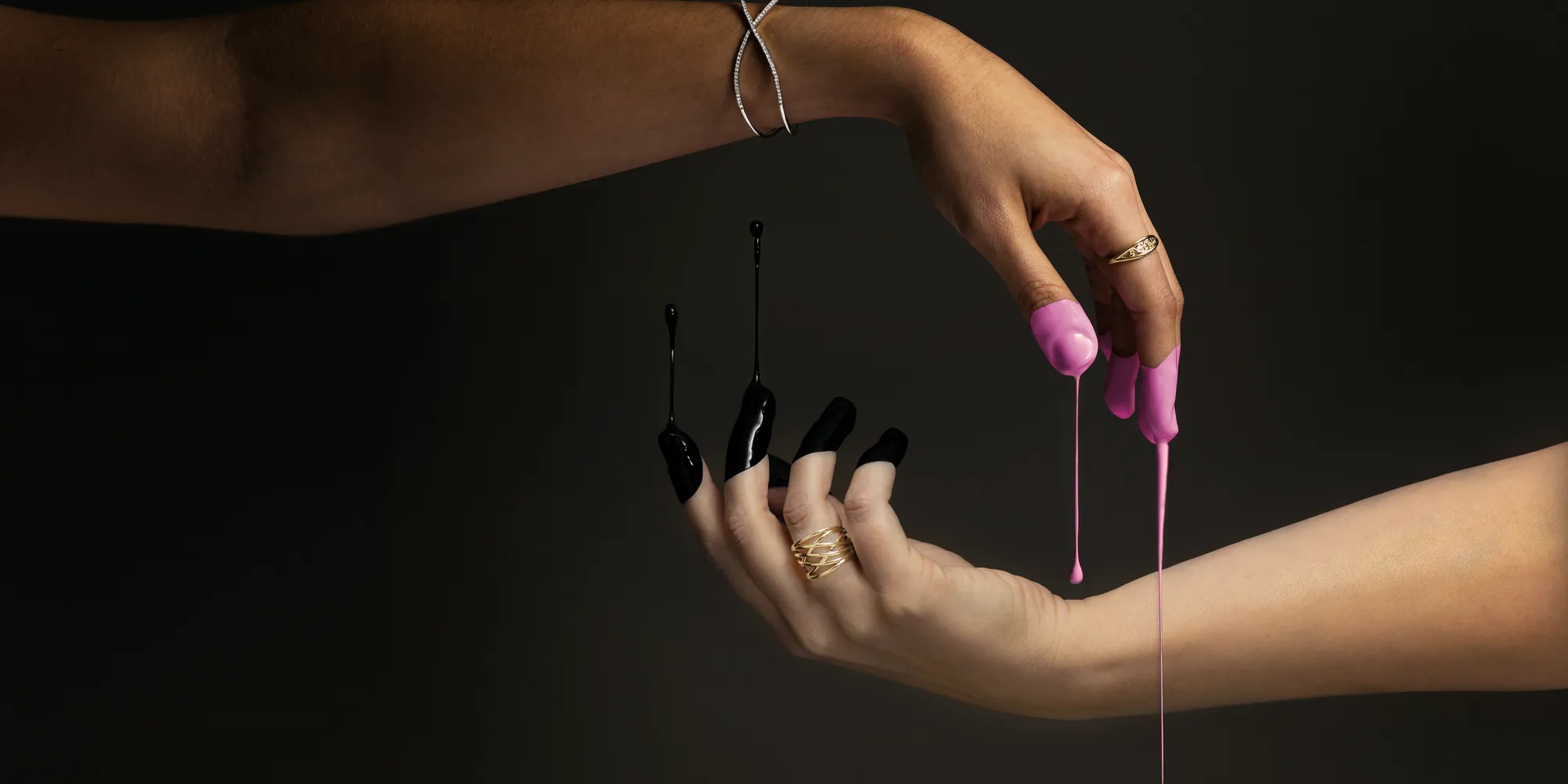With Halloween right around the corner, we’ve decided to explore a few jewelry superstitions and how to use them to your advantage. After all, there’s nothing more powerful than storytelling and emotion to sell jewelry. We sought inspiration from our friends in the Jewelers Helping Jewelers Facebook group and were blown away by their fascinating tales!
Here are six jewelry superstitions and how to use them to your advantage–
1. Pearls Produce Tears
One of the best-known jewelry superstitions warns against wearing pearls on the wedding day. Supposedly, pearls forecast tears in a marriage.
Other stories suggest pearls only bring tears if you buy them for yourself. Therefore, it’s best if you receive them as a gift. Another source claims pearls should never be whiter than the wearer’s teeth
Here’s the Takeaway:
First and foremost, pearls are meant for frequent wear. Wearing them often enhances their luster and color. Don’t store them in a hot, airless environment. They can dry and crack. After each wearing, wipe pearls with a damp cloth to remove hairspray or other damaging chemicals.
And what about selling pearls to a bride for her wedding day? Chances are she doesn’t know about the superstition or doesn’t care. For generations, brides have made pearls tradition so sell her the most beautiful pearls you have and wish her the best!
2. Asian Diamond Folklore
In areas of Southeast Asia, tradition advises against buying or wearing diamonds with deep, black inclusions. Such imperfections may bring bad luck and great misfortune to the wearer and their loved ones.
Interestingly enough, some of the earliest recorded mentions of diamonds come from ancient Indian literature. Diamonds were associated with purity, cleanliness, and tied to the Hindu deity Indra – King of all Gods. The Sanskrit word for diamond is varja, which translates to “thunderbolt.” So it makes sense, that only the most brilliant, radiant diamonds would suffice. Perhaps this ideology has made its way into modern culture since some Southeastern Asian cultures focus more on Clarity than the other 3 C’s.
Here’s the Takeaway:
Know your audience. If you better understand your customer’s culture, you can readily accommodate their requests. In addition to such intriguing mythology, use this backstory to promote higher-quality diamonds, especially to the appropriate audience.
3. Jewelry to Ward Off Evil
In some cultures, evil eye jewelry is worn when babies are born. This mysterious symbol wards off the malicious evil eyes of admirers casting ill intentions on the newborn child. The eye offers protection and good luck, too. Turquoise can supposedly protect against the evil eye as well.
It’s also believed silver jewelry keeps bad spirits at bay. Some cultures look to silver for protection against evil forces. And perhaps this superstition holds some truth. Silver has antibacterial attributes and was used throughout history to cure infections. Consider the term silverware. Silver was used in utensils and other tableware because of its germ-killing properties.
Here’s the Takeaway:
While you may not have an evil eye pendant in your cases, you almost surely have sterling silver. Not only is sterling silver affordable, but it also carries interesting historical context and will drive bad juju away. Here are our suggestions for trendy, yet affordable silver jewelry.
4. The Opal Omen
Perhaps the most popular of all jewelry superstitions, many consider opal a talisman for bad luck to all except those born in October. Some say another exception exists for opal received on special occasions. Like pearls, you should never buy opal for yourself.
Rumor has it that opal earned its bad reputation over a century ago when quality Australian Opal began to threaten diamond commerce. Diamond traders made up falsehoods about opal to make the stone less desirable. Their efforts may have paid off since we still hear about the opal omen to this day.
Here’s the Takeaway:
This one is tricky. We would recommend offering opal to anyone with an October birthday. However, when customers want to gift themselves with a celebratory birthday opal but hesitate because of the superstition, just tell them the truth! Explain that diamond traders spread nasty rumors about opal over a hundred years ago and how they’re really just misunderstood gemstones seeking compassion and acceptance.
5. Hold Back Heirloom Jewelry
Some jewelry superstitions warn against handing down heirlooms to new brides and grooms, especially if the diamond came from a rocky relationship. Supposedly, heirloom jewelry from a failed marriage could impart negative energy onto the new relationship, thereby dooming the new union.
Moreover, in the wedding tradition, “something old, something new, something borrowed, something blue,” if that something borrowed is jewelry, the items lent should come from a happy marriage. This folklore claims that borrowed jewelry carries the sentiment of the marriage from which it came (i.e. bliss, tragedy, anger, etc.).
Here’s the Takeaway:
Some jewelry companies capitalize on this superstition. In a JCK Online article entitled, “Do Customers Care If Their Diamonds Are New?” a new business concept is emerging around unworn diamonds that are new to the market.
If you’re a firm believer in heirloom jewelry, perhaps this superstition presents the opportunity to rework handed-down jewelry into a new, custom creation.
6. Sober Up With Amethyst
Ancient Greek mythology tells of amethyst’s powers to hinder intoxication. The Greeks drank from goblets made of amethyst to help them stay sober. Interestingly enough, amethyst translates to amethystus, which means not intoxicated.
One Grecian story explains how Dionysus, god of wine, desired a young mortal named Amethyste. She hoped to remain chaste, so she prayed for protection and was magically transformed into a white slab of quartz. Frustrated and thwarted, Dionysus poured his wine onto the quartz, staining it a deep purple hue. Thus, Amethyst was born!
Here’s the Takeaway:
We’re not exactly sure what’s the spin on the one. Perhaps amethyst really does protect its wearer from intoxication. Let us know your jewelry superstitions about amethyst in the comments below.



